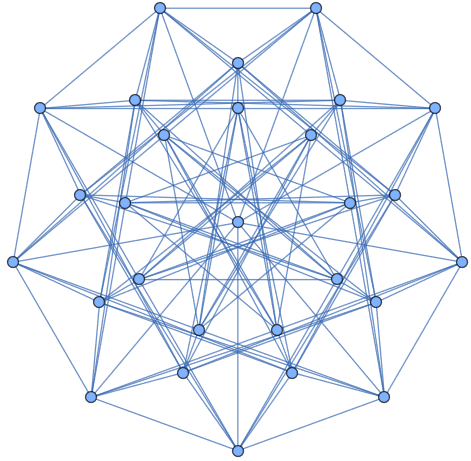{"NoncayleyTransitive",{28,13}} didn't have a known nice embedding. As a Local Graph, it was $C_9$, so I figured I could wrangle it.
And I was right!
Graph[GraphData[{"NoncayleyTransitive",{28,13}}], VertexCoordinates->Join[Thread[{3,5,8,9,10,7,6,4,2}->(-1CirclePoints[9])],{1->{0,0}}, Thread[{18,13,15,12,11,16,14,17,19}->.7CirclePoints[9]],Thread[{26,25,21,22,23,20,24,27,28}->.5CirclePoints[9]]]]

I've found nice embeddings for many graphs, including things like the Hoffman-Singleton graph. In general, if a graph has a lot of symmetry, it has a nice embedding. It just needs to be found. I did not solve the 77-graph, but offering a $77 prize eventually led to a solution.